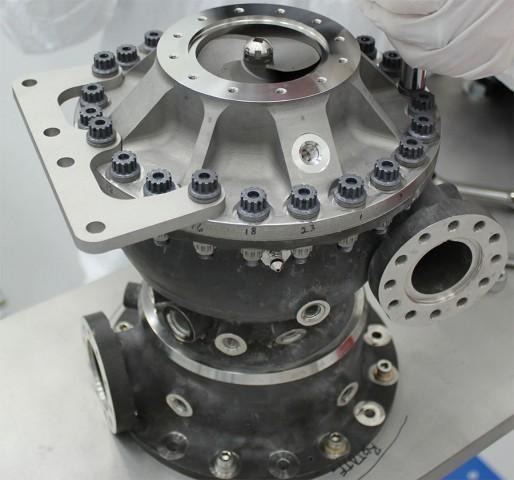NASA 3D Printed Turbopump Spins At 90k Rpm In Tests
NASA is spending lots of time investigating 3D printed rocket engine parts. Back in April NASA announced that it had made a 3D printed copper engine part, which was a copper combustion chamber. NASA said at the time that 3D printing the part was faster and cheaper than making it via traditional means. NASA has now tested a more complicated 3D printed part, this time a turbopump.
This is one of the most complex 3D printed engine parts that NASA has ever made with a turbine that spins at over 90,000 rpm. The part was tested while pumping liquid hydrogen propellant at the Marshal Space Flight Center in Alabama.

The fast spinning turbine in the turbopump creates over 2,000 horsepower. The component was tested over the course of 15 different runs and was able to achieve full power delivering 1,200 gallons of cryogenic liquid hydrogen per minute. That is enough fuel to power the upper stage of a rocket engine creating 35,000 pounds of thrust.
NASA notes that the 3D printed turbopump has 45% fewer parts that similar pumps made with traditional welding and assembly techniques. The turbopump was made using a process known as selective laser melting.
SOURCE: NASA
